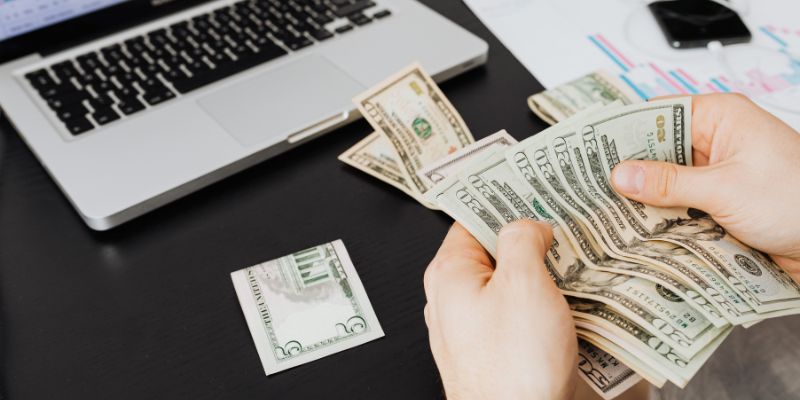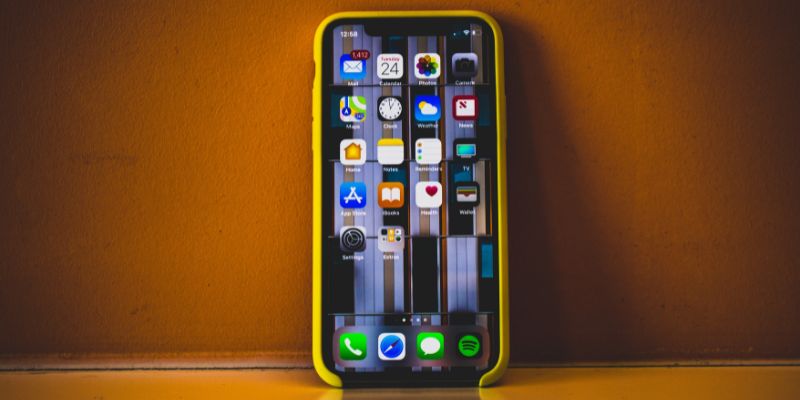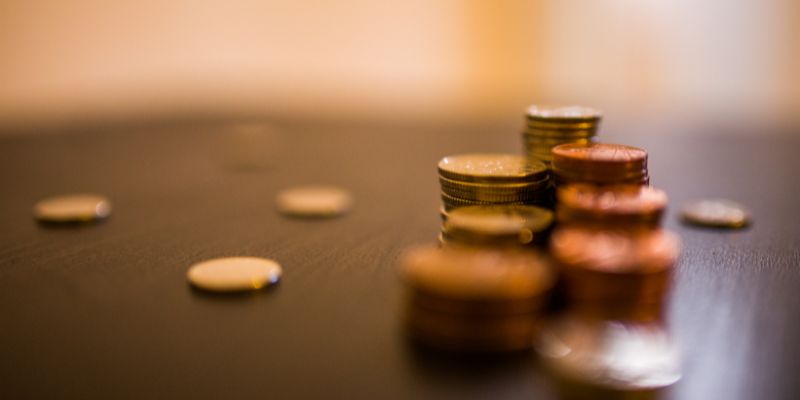You don't need a math book to figure out that the moment you drive your new automobile off the dealer's lot, its value begins to drop. When financing a car purchase, depreciation becomes more relevant because it affects the final value of the vehicle and the monthly payment amount.
Depreciation, in its simplest form, is the money lost throughout an automobile's lifetime. If you plotted the depreciation of a brand-new car on a graph, it would rise to a peak and then fall steadily over time.
You want the line to remain high for as long as possible so that you suffer the least potential financial loss when you finally decide to sell. Your new automobile will lose value unless it is a collectible classic or a limited-edition performance model produced by a reputable manufacturer.
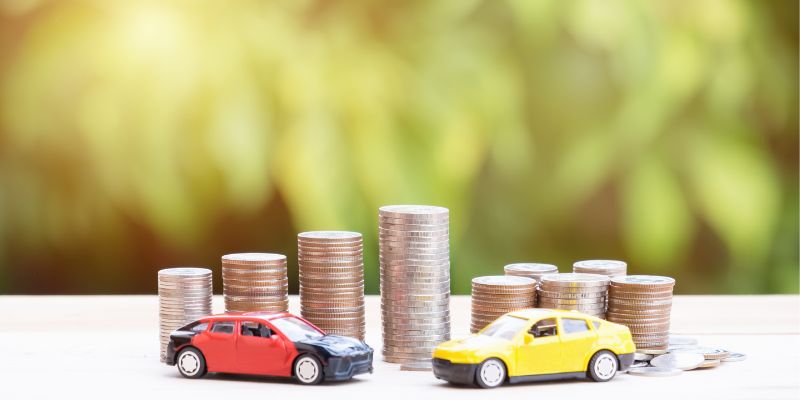
Cars That Depreciate the Most In 2022
BMW i3
The all-electric BMW i3, a tiny hatchback, wins the top rank as the premium vehicle that depreciates the most after five years of ownership, with an average depreciation rate of 68 percent. The BMW i3 was the company's first mass-produced vehicle to have zero emissions when it was released in 2013.
Since then, the German automaker has sold approximately 250,000 copies of the i3 worldwide. Despite this, BMW sells different types of electric cars, such as the i4 and the iX. The demand for the i3 is reduced because these BMW electric vehicles have superior performance and a greater driving range. It is anticipated that the BMW i3 will lose 81% of its value after 10 years, making it one of the vehicles with the highest depreciation rates.
Toyota Mirai
The Toyota Mirai has the greatest average depreciation of any vehicle. Currently, the fuel-cell sedan is only available in California due to a lack of hydrogen fueling stations elsewhere in the United States.
Owners must strategically arrange trips to the hydrogen stations, and they may only drive their automobiles within the state of California, both of which contribute to the rapid depreciation of the vehicle. There are times when traveling might be a hassle because gas stations are out of supplies.
There was a lot of talk about how inexpensive it would be to maintain and repair hydrogen cell automobiles, but the market has not yet latched on to the technology. Despite its high depreciation rate, the Toyota Mirai may be an appealing alternative for used car buyers in California interested in the hydrogen fuel market.
Land Rover Range Rover
The Land Rover Range Rover, another high-end SUV, loses 63 percent of its value during the first five years of ownership. The price of keeping your Range Rover in good working order is a major contributor to its declining value.
The Range Rover is a capable SUV with various plentiful features, but the significant depreciation is a major negative. Buy a used Range Rover no more than two years old if you want to save money.
The allure of a high-end automobile cannot be overstated. It may have a high initial cost, but it loses much value as time passes. You may not obtain as much money as you had thought if you sell a vehicle such as a BMW i3 after five years of ownership due to its large depreciation.
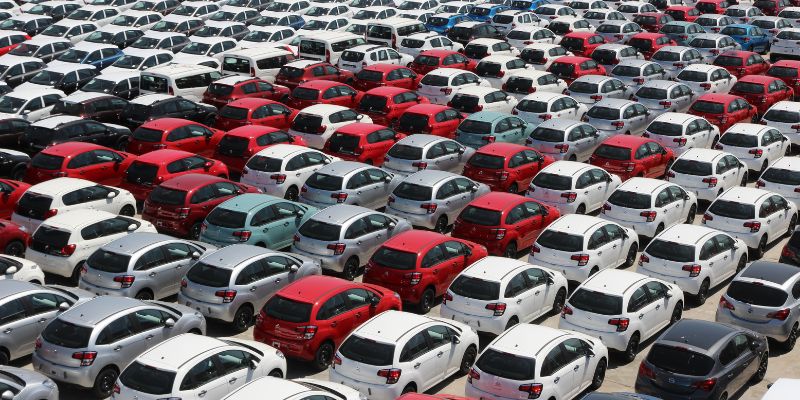
BMW 7 Series
The BMW 7 Series is a premium vehicle equipped with all trappings, such as leather seats and a panoramic moonroof called the "Sky Lounge." The BMW 7 Series is not only known for its luxurious interior but also for its cutting-edge technology, which may include touchscreens and chairs that massage the driver and passengers.
However, the high-end technology in these vehicles may be one of the factors contributing to their quick depreciation, given that technology rapidly becomes out of date whenever a new model is introduced. Those who buy brand-new luxury automobiles often consider it a status symbol to drive the most up-to-date and cutting-edge model available.
As soon as such automobiles hit the market for used vehicles, the cutting-edge technology they formerly possessed became obsolete. It is common knowledge that BMWs are generally more expensive than vehicles produced by other automakers to maintain.
Audi Q7
The Audi Q7 is a large sport utility vehicle (SUV) with seven seats and a spare interior design that still provides premium levels of comfort and technology. It is one of the most peaceful rides in its category, and for approximately $67,000, you can get a brand-new, premium long-distance cruiser.
However, the Q7 suffers a significant loss in value due to depreciation, particularly in the first five years of ownership, when it loses approximately 59% of its original worth. In less than half a decade, a brand-new Audi Q7 from 2016 would be valued at less than $28,000. Owning an Audi also looks like a fantastic method to waste money, given that it will cost you up to $6,000 to keep it in good condition throughout that period.
Jaguar XF
The Jaguar XF is a midsize sports sedan that offers an interesting driving experience and many strong engine options. It shares many of its luxury features with the Jaguar XE, Jaguar's entry-level luxury vehicle. If you spent $53,000 on a brand new Jaguar XF in 2013 and kept it for the following five years, the luxury sports sedan you purchased will only be worth $20,797.
To put this into perspective for you, the value of your Jaguar XF will decrease by 61 percent over its lifetime, resulting in a loss of $32,203. Therefore, you would be throwing money away if you kept a brand-new Jaguar XF for the next five years.
Conclusion:
There is no method to estimate the value lost over time by a car. When you drive them away from the dealership, their values begin to plummet. However, you can conduct a study to determine which versions are the most dependable. Ultimately, the value retained by your vehicle will be determined by a combination of factors, including the mileage driven and the whims of consumers.
